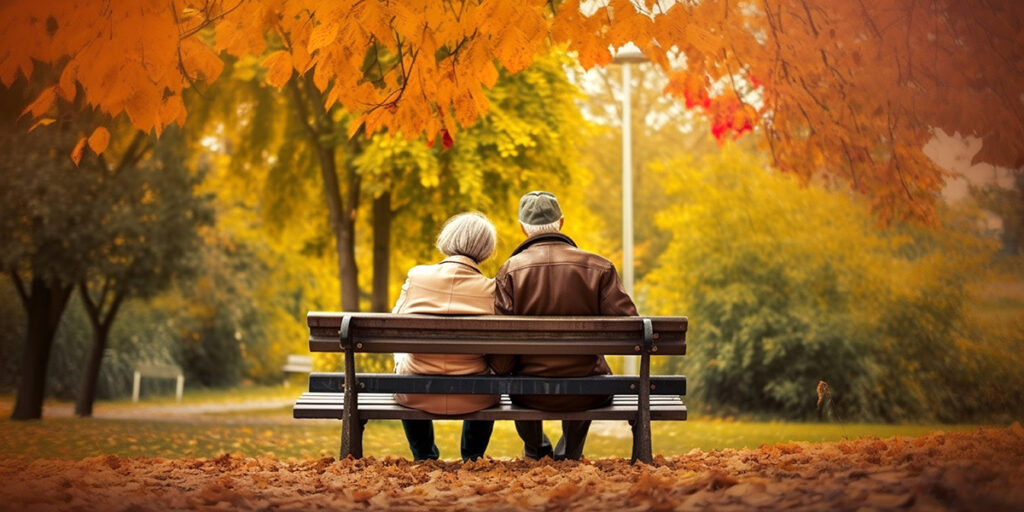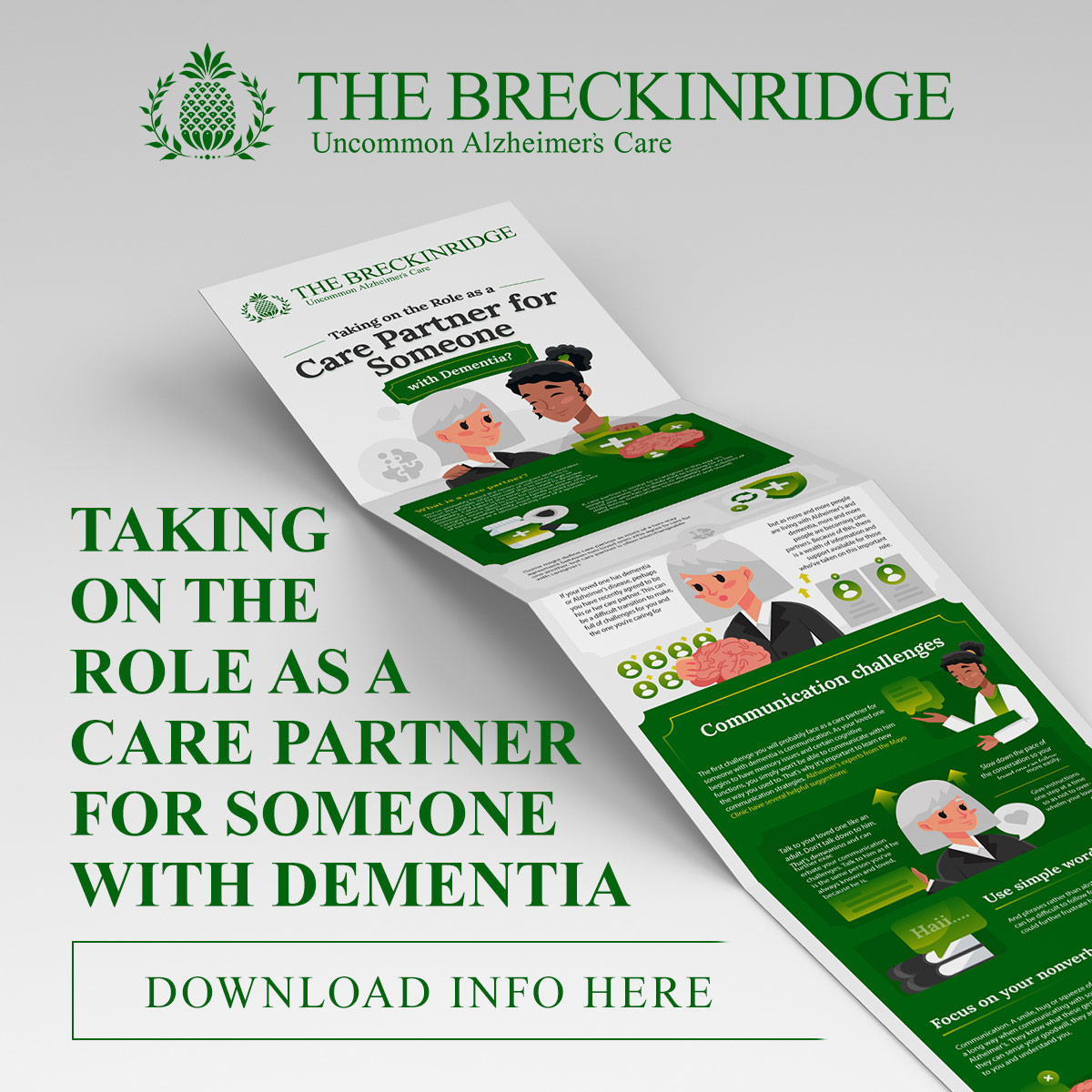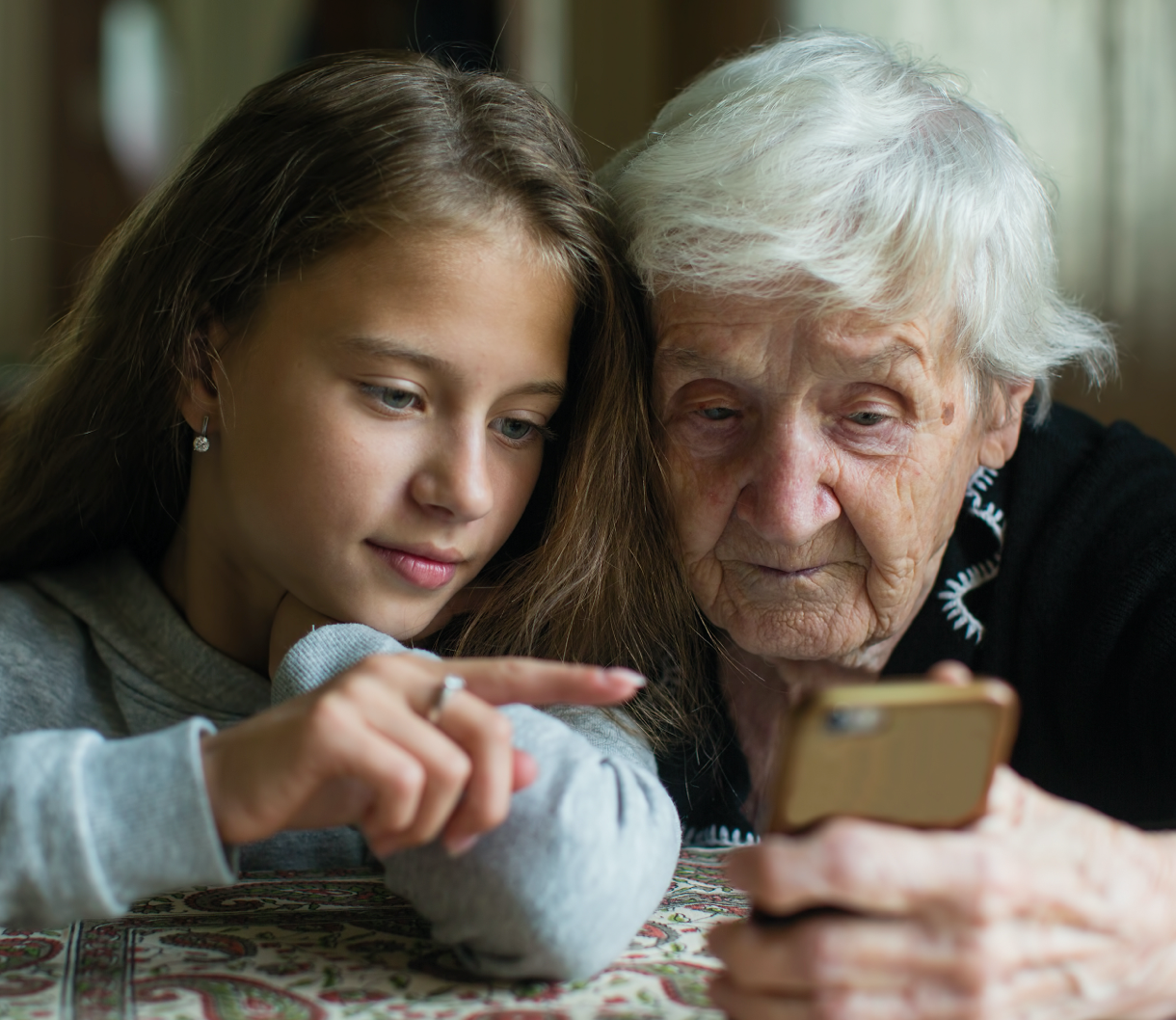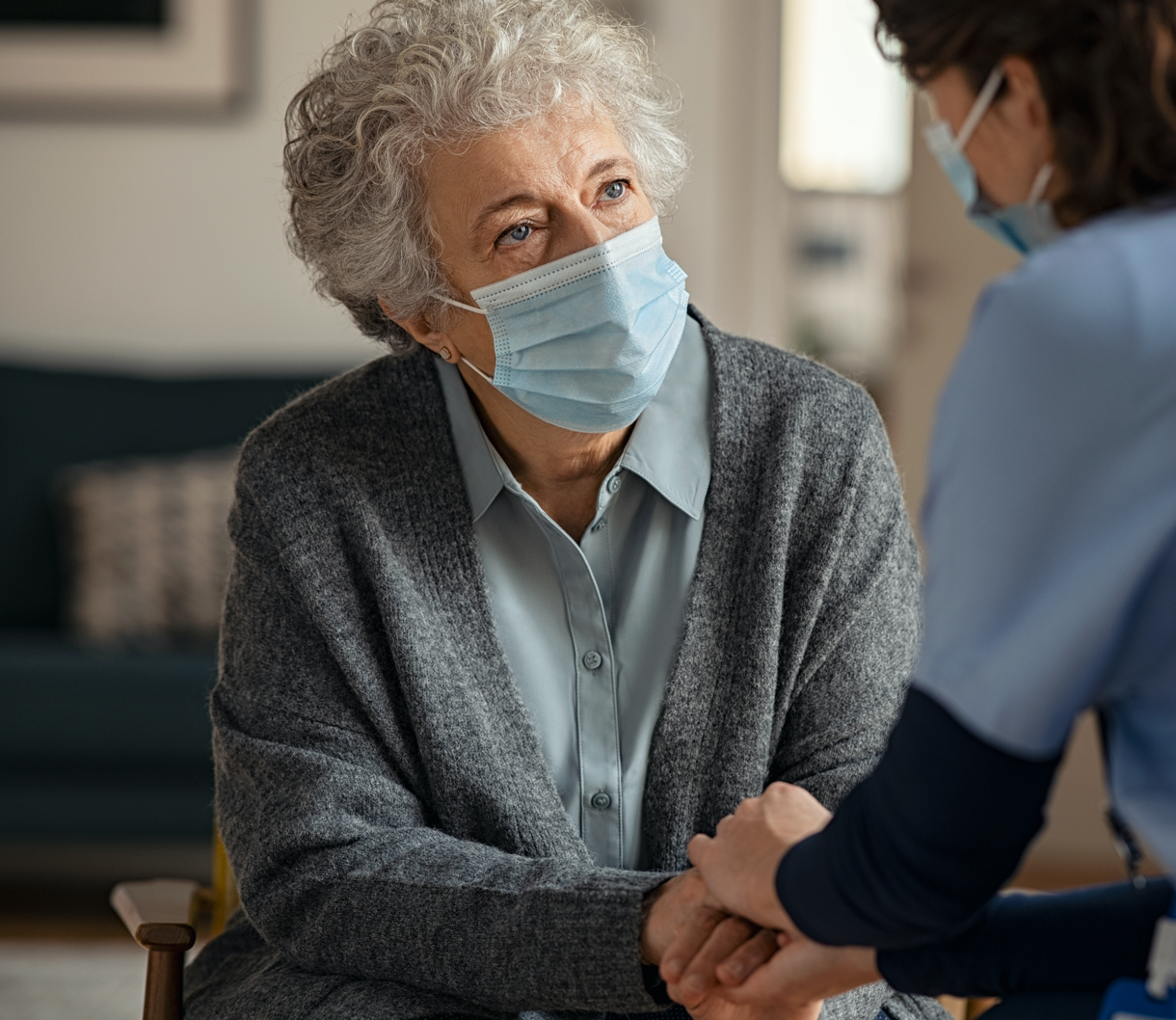Ideas for Managing and Preventing Wandering for a Person with Dementia

Ideas for Managing and Preventing Wandering for a Person with Dementia
A primary sign and safety concern for those who are living with Alzheimer’s or dementia is wandering. Leaving the house unexpectedly, getting lost, not being able to remember where you are or where you were going—these are all hallmark signs of cognitive decline and can be difficult to manage when you’re a caregiver and scary and confusing when you’re the one living with dementia.
Wandering is common in those with dementia and Alzheimer’s because of how the disease affects memory and spatial recall. Dementia largely affects short-term memory, meaning many people tend to live in their long-term memory. Because of this, some may try and leave their home or care facility to go to work in the morning, pick up their child from school or perform a task or chore they’re no longer able to, not realizing these are things they did in their past and are no longer a part of their daily routine.
Wandering at night is also common for those with dementia and Alzheimer’s. Since sleep rhythms are often disrupted with aging, someone with dementia may lie awake at night, get restless and then get up to go to the bathroom or try to leave the house and get lost. Night wandering puts a lot of strain on caregivers who are trying to get enough sleep to properly care for their loved one during the day.
Since wandering is such a stressful experience for all involved, it’s important to understand why your loved one may try and wander away and how you can prevent this, or at least reduce the risk of wandering, and keep your loved one as safe as possible.
Why do people who are living with dementia wander?
People with dementia and Alzheimer’s don’t simply have the desire to wander all the time. They are usually triggered by something that causes them to wander away.
Several factors can contribute to this, including:
1. Stress
New or unfamiliar locations can cause someone with dementia to feel stressed and attempt to leave in search of home or a place that feels safe.
2. Overstimulation
Loud or strange noises can negatively affect those who are living with dementia and make them want to leave a noisy room or house in search of a quieter, more peaceful place.
3. Physical discomfort
This is what commonly causes night wandering. If someone with dementia wakes up hungry or needing to go to the bathroom, she might leave her room in search of the kitchen or bathroom and get disoriented.
4. Boredom
Those who don’t have structured activities in their day can start to feel bored. Boredom makes dementia and Alzheimer’s people more prone to wander away from home.
Share this Infographic Image On Your Site
<p><strong>Please include attribution to https://thebreckinridge.com/ with this graphic.</strong><br><br><a href="https://thebreckinridge.com/ways-to-stay-engaged-socially-with-dementia/"><img src="https://thebreckinridge.com/wp-content/uploads/2022/11/2-taking-on-the-role-as-a-care-partner-for-someone-with-dementia-thebreckinridge.jpg" alt="Taking on the Role as a Care Partner for Someone with Dementia" width="1200px"></a></p>How can you prevent someone who is living with dementia from wandering?
The following are a few strategies to put in place to help prevent your loved one from wandering. Understanding your loved one’s motive for wandering–whether that’s stress, overstimulation, night wandering or something else–can help you determine which of these strategies would work best.
1. Establish a daily routine
A structured, daily routine will help engage someone who is living with dementia, helping him feel less restless, more regulated and more content where he is. This will make him less likely to try and leave.
2. Create a peaceful environment
Since overstimulation can cause someone with Alzheimer’s or dementia to want to escape, creating a quiet, safe and peaceful environment can help prevent this. The definition of a peaceful environment will vary based on what makes your loved one feel calm. If your loved one loves music, make sure you play music throughout the day. If animals calm her down, have a therapy dog visit a couple of times a week. Know what is calming for your loved one and incorporate that into her day as much as possible.
3. Safety proof your home
The Alzheimer’s Association provides several ways you can safety-proof your loved one’s home to prevent him from wandering away, such as:
- Installing deadbolts out of eyesight on external doors.
- Using nightlights in the home at night.
- Covering door handles to match the color of the door.
- Installing warning bells or a security system that alerts you when a door has been opened.
- Using safety gates where needed.
- Installing a high fence outside, so your loved one can safely spend time outdoors.
4. Contact local police ahead of time
This article suggests contacting your local authorities to let them know your loved one has dementia and may wander from home. Provide them with a photo of your loved one and his or her name and your contact information. This way, if anyone reports seeing someone wandering in the neighborhood, the authorities will know if it’s your loved one and will be able to contact you.
5. Employ technology
You can also use a dementia wandering response service such as MedicAlert, which provides 24/7 assistance in case your loved one goes missing. GPS tracking devices are also readily available to help caregivers keep track of their loved ones. These devices can be worn as watches, bracelets or even in a shoe. See a list of the best elderly GPS trackers here.
6. Consider a memory care facility
For many who are living with cognitive decline, a memory care facility will eventually be necessary. In fact, many caretakers choose to move their loved one into long-term care to prevent wandering and ensure their safety.
Memory care facilities should have extra security in place to make sure residents don’t get lost or leave the facility without someone accompanying them. At The Breckinridge Memory Care, we have 24/7 security to keep our residents safe, but we also want our residents to feel free to move about the property. We don’t want them to feel trapped. Because of this, we’ve designed our facilities in a circular pattern, so residents don’t get lost. We have also specially designed rooms with certain carpet and colors to remind residents where they are.
At The Breckinridge Memory Care in Lexington, Kentucky, residents can safely move in and out of the building, from their room to the garden to the kitchen to the living room without getting lost or putting themselves at risk.
What should you do if you can’t find your loved one?
If your loved one goes missing, the Alzheimer’s Association suggests searching the immediate area for 15 minutes and then calling 911. Most of those who wander away are found within a 1.5-mile radius of their homes or previous location, so they shouldn’t wander far. The Alzheimer’s Association also recommends searching in brush and bushes as your loved one may go there to seek safety.
Wandering is a major safety concern for those who are living with dementia, especially if they still live at home, but you can put precautions in place to keep your loved one safe. If this gets difficult to do on your own, consider contacting a memory care facility with extra security and precautions, so you can have ultimate peace of mind that your loved one is safe and secure.






